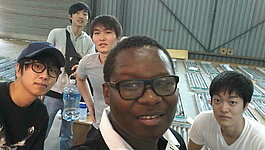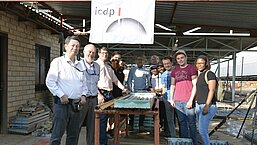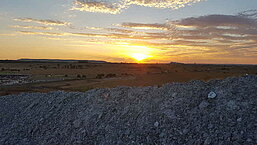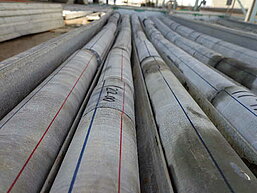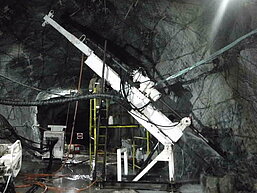Drilling into Seismogenic Zones of M2.0 - M5.5 Earthquakes in Deep South African Gold Mines
Project Acronym: DSEIS | State: Completed | Expedition ID: 5063
Several times a year, small (M2) mining-induced earthquakes occur only a few tens of meters from active workings in South African gold mines at depths of up to 3.4 km. The source regions of these events are accessible with short boreholes from the deep mines, and provide a very cost-effective method to directly study the earthquake sources. Recently, the largest event (M5.5) recorded in a mining region, took place near Orkney, South Africa on 5 August 2014, with the upper edge of the activated fault being several hundred meters below the nearest mine workings (3.0 km depth). This event has rare detailed seismological data available both from surface and underground seismometers and strainmeters, allowing for a detailed seismological analysis. Drilling to the source area of this earthquake while aftershocks are still occurring, will enable important near-field seismological observations, as well as a rare opportunity to study possible H2 that is important for microbiological activity. This project proposes to drill 40 holes into and around seismogenic zones to study the rupture details and scaling of both small (M2.0) and larger (M5.5) earthquakes.
Keywords: Africa, South Africa, Orkney, Earthquakes, Geomicrobiology, Gold Mines, Seismogenic Zone Drilling
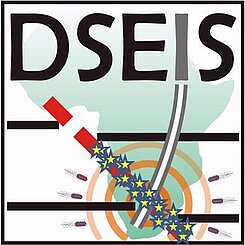
Cores are stored at CGS, National Core Library at Donkerhoek, South Africa
Project Management
Project Details
Project Location
Project Timeline
Drilling
6 March 2017 - 8 July 2018
Full Proposal Approved
Workshop Held
31 October - 3 November 2015 in Potchefstroom, South Africa

